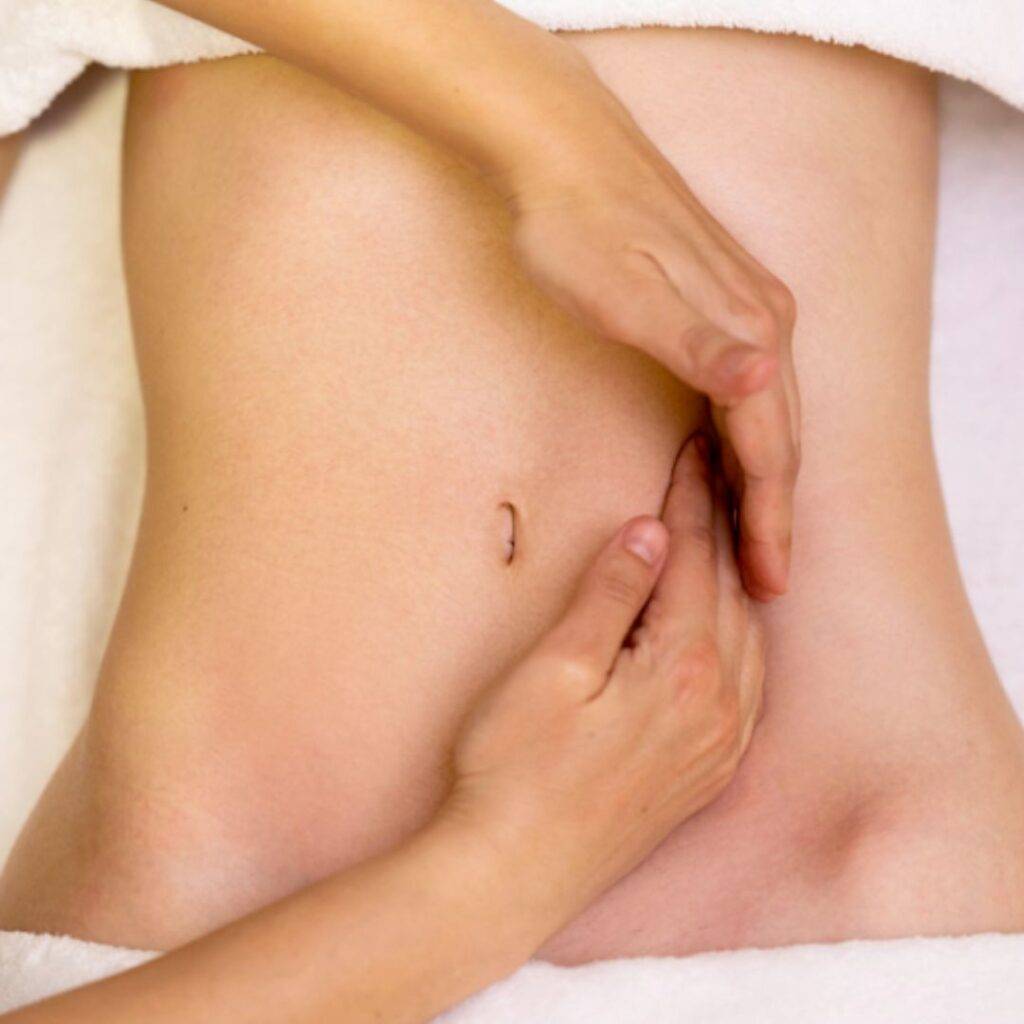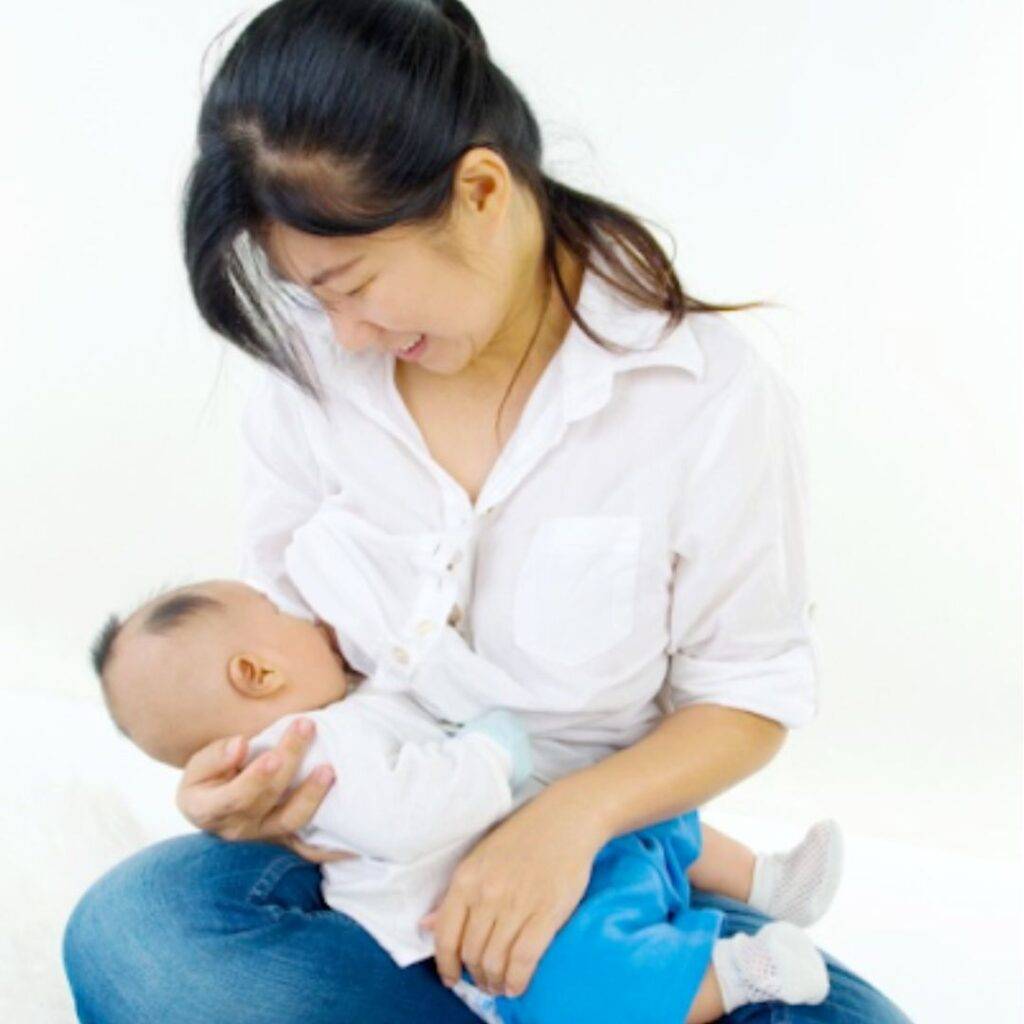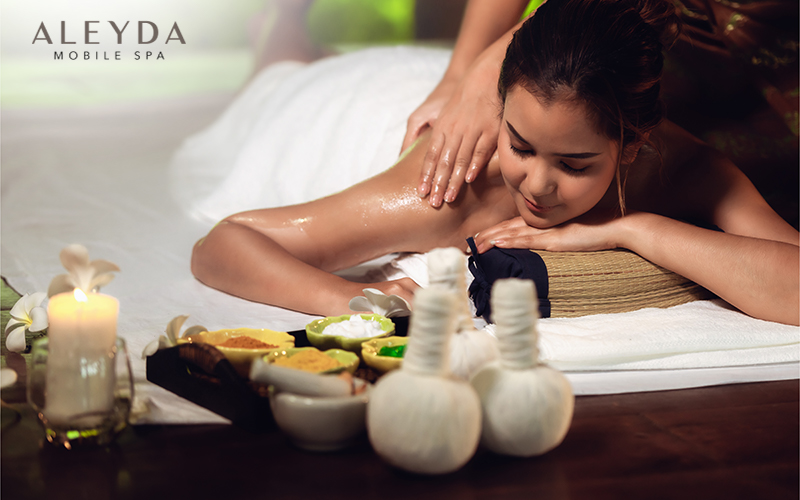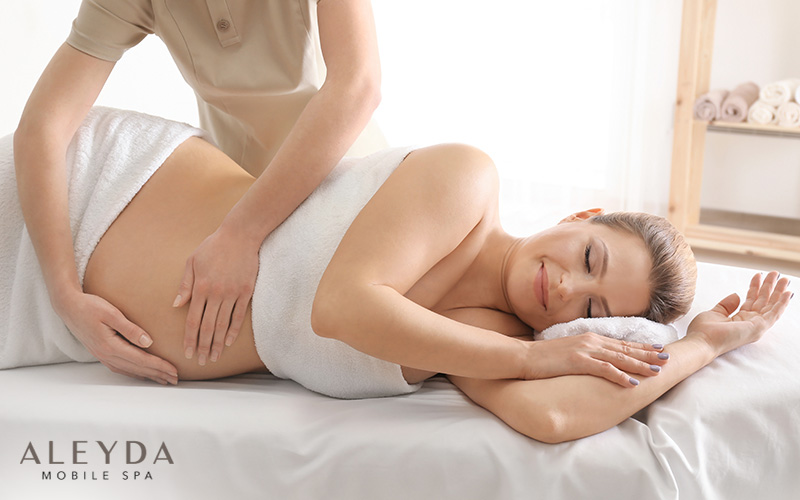Craving physical and mental relief following childbirth? We think you need a postnatal massage.
Traditional postpartum massage has come a long way since its beginnings some 1300 years ago. In Singapore and the region, it used to be the dominion of the Malays, due to its strong Javanese origins.
Today, numerous training institutions in Singapore offer formal training for postnatal massage, setting the bar for the industry. Professional massage therapists, Malays and non-Malays alike, enrol onto such courses to carve a lucrative career for themselves.
A typical training syllabus covers theories on anatomy and physiology as well as practical full-body massage techniques, uterine massage, breast massage and abdominal binding (bengkung). Some include more traditional practices like womb repositioning (sengkak) and herbal concoctions (jamu) for postnatal healing.
Postnatal care, however traditional, never seems to go out of fashion. Why? Simply because it’s been tried and tested by generations of mothers. Many can attest to the positive impact it has had on their emotional, psychological and physical well-being, and development of mother-baby relationship.
Furthermore, the benefits of full-body massage as part of postnatal care are themselves well documented. These include relieving aches and pains, alleviating depression, reducing water retention, regulating hormones, promoting weight loss, and so on.
Here are some frequently asked questions about postnatal massage:
1. Does the uterus (womb) need to be manually repositioned through sengkak?
In our opinion, no. Sengkak is a traditional technique that claims to restore the placement of a mispositioned uterus. However, after childbirth, the uterus shrinks naturally and returns to its rightful position behind the pubic bone without any intervention. Moms all over the world who have recovered fully without sengkak is testament to this fact.
A gentler form of uterine massage, on the other hand, has been found to be effective for facilitating womb contraction, treatment of postpartum haemorrhage and discharge of lochia (postpartum vaginal bleeding). Nonetheless, a small percentage of postpartum complications does occur, such as uterine prolapse, which requires medical attention.
2. Is the belly binder essential for postpartum weight loss?
Contrary to popular belief, the postnatal abdominal binder is not meant for slimming, whether it’s the traditional or modern sort. Its main purpose is to provide spinal support while the spine adjusts to the sudden loss of weight from childbirth. If you’ve had a C-section, an abdominal binder would reduce postoperative pain, increase mobility, and promote wound healing.
To lose postpartum weight effectively, look towards science-backed methods such as breastfeeding, exercise and massage. Breastfeeding stimulates the production of oxytocin, which triggers womb contraction. Exercise burns pregnancy fat and tones muscles. Massage facilitates womb contraction, reduces water retention and boosts blood circulation for optimal weight loss.
3. Should postnatal massage be enjoyed every day for best results?
Would you exercise every day? You could, but you probably wouldn’t. Because the effects of exercise can be felt several days after and your muscles need time to recover. The same can be said about massage. So please save your money and spread out your sessions throughout your puerperium (postpartum period lasting about six weeks). Twice or thrice a week would suffice.
Probably the only reason for you to see your postnatal therapist every day is when you need her to tie the traditional belly binder (bengkung) for you, a complicated process involving a myriad of knots.

Postnatal Massage Your Gynae Would Approve
In Aleyda, we are setting the stage for the evolution of modern postnatal care, melding science with age-old massage therapy. The focus of our postnatal treatment is fourfold:
1. Healing the “Mummy Tummy”

Did you know that about two-thirds of pregnant women experience diastasis recti following childbirth? This phenomenon refers to the separation of the abdominal walls at the linea alba due to the enormous amount of pressure on the belly during pregnancy. The aftermath, as you’d expect, is an unsightly “pooch”, or protruding belly.
Apart from the aesthetic issues, diastasis recti may also lead to musculoskeletal dysfunctions such as constipation, bladder leakage, weakened pelvic alignment and poor posture with lumbar pain. Aleyda’s postnatal treatment aims to mitigate these dysfunctions by reducing the abdominal gap, so you can regain your confidence and mobility, and provide better care for the new baby in the house.

2. Relieving Muscular Tension
Like other postnatal massages, Aleyda’s postnatal care offers many benefits, including relaxation, elimination of excess fluids, weight loss, hormone regulation and improved breastfeeding.
Going a step beyond the standard care, we also pay particular attention to muscular tension arising from postural changes, breastfeeding and awkward sleeping positions. This process further clears up blockages to enhance the body’s natural healing, taking you a step closer to feeling whole again.

3. Elevating the Mood
If your baby’s incessant cries are making you question the banality of existence and the true meaning of life, you’re not alone. Postpartum “baby blues” is a common phenomenon experienced by most new moms in the first couple of weeks of childbirth. Symptoms include anxiety, feeling of overwhelm, crying spells, loss of appetite and sleeplessness. If left unchecked, the condition might develop into a more severe, long-lasting form – postpartum depression.
Massage and aromatherapy have earned the nod of approval as complementary treatments for postnatal depression. Toward this end, we have formulated a unique blend of aromatherapy oils that is proven to be anti-depressive and safe for baby. Coupled with our soothing touch therapy, this blend is sure to elevate your mood and have you sleeping…like a baby!

4. Supporting the Spine
The sudden loss of pregnancy weight often makes jellyfish out of new mummies, at least for several weeks until the body finds its balance again. That’s why we encourage the use of an abdominal binder, which has been clinically shown to improve mobility, reduce swelling, and ease post-operative pain if you’ve had a C-section.
Aleyda’s very own binder is a medical-grade one that comes in three parts: for the midriff, abdomen and pelvis. Receiving thumbs up from numerous moms, this modern binder is as effective as the traditional one but is preferred for its ease of use and practicality. The application is straightforward and simple. You can put it on yourself or with some assistance from any adult, without relying on your massage therapist. Having three parts also means that you can progressively rely less and less on the binder as you heal.
The allure of traditional postnatal massage means that it will continue to draw a faithful following. However, if you are looking for a modern alternative that is safe, practical and effective, Aleyda’s postnatal treatment plan might just be the one for you.








